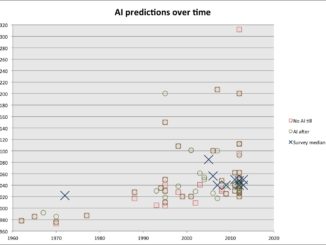
Search Results for human range

Blog

AI Timelines

AI Timelines

AI Timelines

AI Timelines

Blog

Blog

Clarifying concepts

Review

Research problems